When it comes to baking and cooking, flour is one of the most versatile ingredients out there. It’s not just for making dough or pasta; you can also use it to thicken soups, bread chicken, and it can even be used as a cleaner!
Of course, with all the many uses for flour, we tend to buy a lot of it at the store. But what if you didn’t have to? What if you had the option to make your own flour from the comfort of your own home?
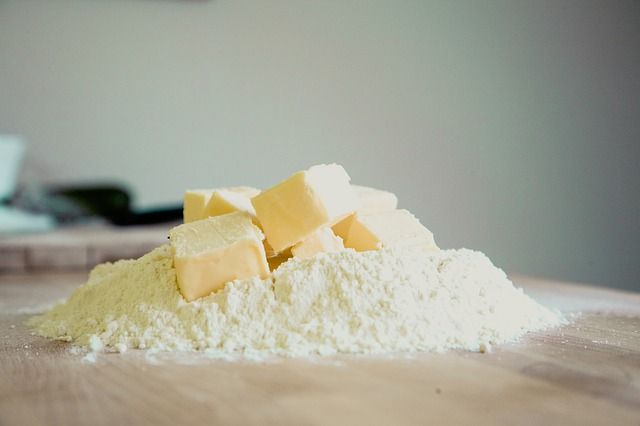
“Wait,” you may ask. “Make my own flour?” Surprisingly, there are many people who haven’t even considered the possibility of making their own flour.
While it does seem mystical and intimidating at first, milling your own flour is actually incredibly simple. As a matter of fact, you don’t even need to go out and buy a fancy mill.
Say goodbye to all your trips to the store and that dent in your budget. Let’s look into all the different ways of how to make your own flour.
Contents
What Does it Mean to Mill Flour?
Before we go any deeper into the art of flour milling, let’s first take a look at what it means to ‘mill.’
Milling, as defined by Merriam-Webster, is the act of grinding something (usually a grain) into flour, meal, or powder.
This is done by placing a type of grain into a machine, so that it comes out the other end as a powder that you can use to bake, clean, or cook.
This machine doesn’t necessarily have to be a flour mill, either. There are numerous appliances that can mill flour just as well.
Buying a Home Grain Mill
The first option you have in this venture is buying your own home grain mill. They come in a wide variety, ranging from large machines that can mill huge amounts of flour to very small ones.
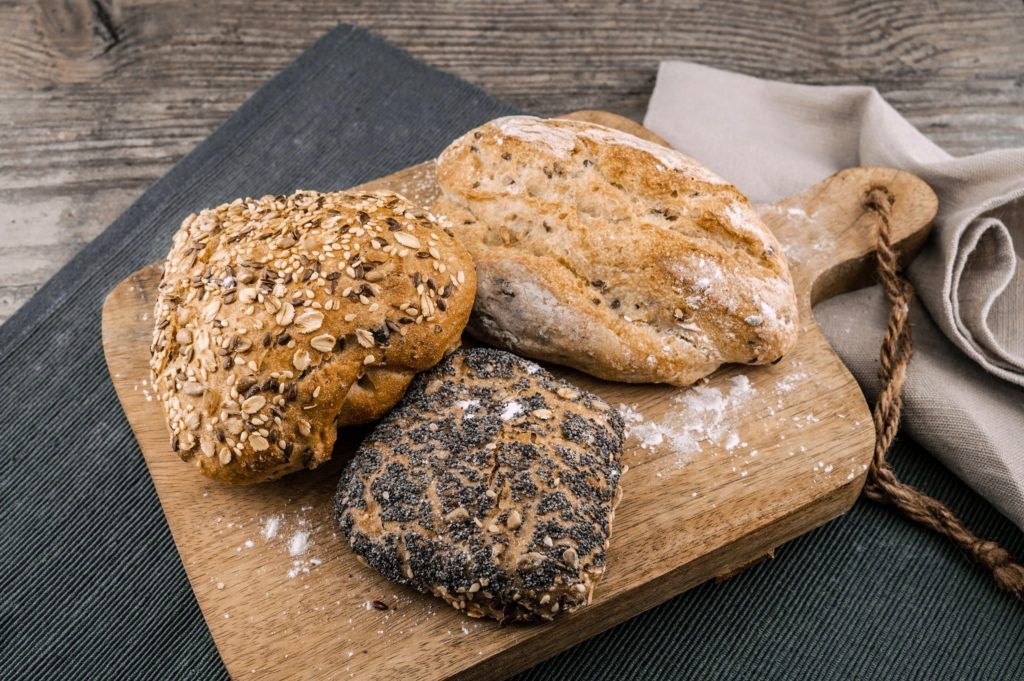
The large machines are good for commercial purposes, such as for chefs with sizable kitchens that have to produce a large amount of food every day.
In contrast, there are small flour mills that can fit on a table. With these small mills, there are two types: manual and electric
Manual Flour Mill
As you may have guessed, this flour mill is operated by hand. It usually has a mechanism that allows you to move the grinder via a hand-crank, which then mills the grain placed inside the machine into flour.
While it may look inferior to an electric flour mill at a glance, the manual variety still has its own advantages and disadvantages.
Cons
Because it’s operated via a hand-crank, this type makes coarser flour. This coarser flour is ideal for bread recipes, but it’s ill-suited for cakes or recipes that call for extremely fine flour.
Of course, hand-cranked mills require more effort and time to operate. With that said, this isn’t a con for some people.
There are also manual mills that derive their energy from more creative outlets, like when connected to stationary bikes.
Since it is cranked by hand, this also requires the mill to be placed on a sturdy surface, at times using bolts. As such, some models may require you to permanently damage whatever surface you attach it to.

This may also mean that you cannot move the mill should you need to create more space.
Pros
A manual flour mill is great for those who enjoy taking their time in the kitchen. Indeed, milling your own flour, by hand nonetheless, can be a wonderful, meditative experience.
While that isn’t usually an incentive for most people, also consider the fact that manual mills are far cheaper than electric varieties.
Because they do not rely on a motor or another mechanical power source, they are also quieter than electric mills.
Electric Home Grain Mills
Electric flour mills are, of course, powered by electricity.
Just like the manual flour mill, there are different types available in the market, each with their own advantages and disadvantages compared to each other and the hand-crank option.
Cons
These mills require a power source, which may be a problem for those who want to create flour in a remote area.
They also tend to be more expensive (although this does translate into more advanced features than what can be found on manual flour mills).
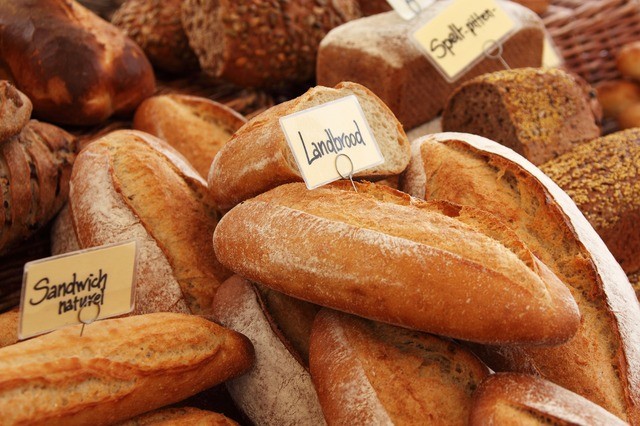
The electric flour mill also generates more noise than the manual variety, although noise levels will vary depending on the model you choose. Newer models tend to be quieter than older ones.
Pros
Of course, electric mills are great if you want to make flour at a quick pace. They’re also ideal for people who lack the ability to mill their flour by hand, like those with wrist problems.
Wrist problems or not, if you want to get to your flour faster, the electric mill is the way to go.
Unlike the manual flour mill, electric mills don’t have to be attached to a surface, making them more portable (as long as you have a power supply.)
The electric mill also helps you create flour with more customizable options, since it can accommodate different types of grains at different levels of coarseness. Need extremely fine flour? Electric is the way to go.
Here’s a video showing how to mill your own flour with an electric mill.
Convertible Mills
With all that said, you don’t have to choose between the two. There are mills that allow you to convert between manual and electric, depending on the type of recipe that you want to make.
Some models will be more of a hassle to convert, while others will only require that you switch out a part. However, when choosing a flour mill, it’s wise to keep in mind that convertibles are more expensive.
Making Flour Without a Grain Mill
All in all, you don’t have to go out and buy your own grain mill.
While it’s a wise long-term investment that will save you time and hassle, should you only be interested in testing out milling, you can commit to a far less complicated option. After all, no one wants to be stuck with an appliance that they’ll never use again.
Appliances that you can use in lieu of a grain mill are a blender, coffee grinder, or food processor.
Here is a great guide on grinding grain for flour without the use of a home flour mill.
How to Choose the Right Flour Mill
If you do go forward and buy a flour mill, then deciding on the right one can be a headache. We’re here to help.
Below are a few questions to ask yourself while determining which flour mill is right for you.
Use
Have you considered the type of recipes that you’ll be making with your home-milled flour?
Are you buying for a large industrial kitchen? Do you want to create a more authentic cake in your small bakery? Is it your first time baking and you’re dipping your feet into more classic techniques?
How you intend to use your flour mill will dictate many of the features that you need in a model.
Also consider how you want to use it now, and not in the indefinite future. This is especially true for beginners who are just starting out with baking.

Don’t buy an expensive model just because it can do everything. Once you have the resources and skills to upgrade to more advanced recipes, you can then reconsider a higher level mill, so as to avoid making a purchase you’ll never use.
Electric or Manual
After deciding on your intended use for a mill, you can settle on the features your model needs.
It’s worth noting that some features are only available in electric mills, such as being able to create finer flour. However, if you don’t need these features, you can opt for a manual flour mill to save on costs.
Individual Parts
Lastly, consider the parts of the mill itself. Is it a sturdy build? Are there any complaints of it breaking down easily? Check to see if the manufacturer offers a warranty on the flour mill, and factor this into the cost.
A more expensive mill with a warranty can be more cost-effective than a cheaper mill without a warranty. Also, ask about replacing parts and how easy will it be to repair your mill if necessary.
Additionally, consider how easy it is to take apart and put back together. Remember, your mill is a kitchen appliance, and it will require a lot of cleaning.
Does it take too long to dismantle? If so, it may be best to move on to less complex models.
Here’s a video showing how to mill flour by hand.
Is Milling Your Own Flour Worth It?
Commercial flour is readily available at nearly every store, and a lot of brands are very cheap. However, there are many benefits to milling your own flour.
While it takes additional time and effort (as well as money in purchasing your own mill), the number of advantages to grinding your own flour outweighs the effort.
Here are a few reasons why:
Cost
Since you aren’t buying commercial flour, you can keep your expenses low long-term.
Indeed, all you need to buy is the grain itself, which costs far less than its pre-milled counterpart.
Experience
One main reason for grinding your own flour is the experience. Indeed, there are many people who bake bread to get rid of stress.
Creating your own ingredients by making flour, especially when you’re grinding it by hand, makes the experience more authentic.
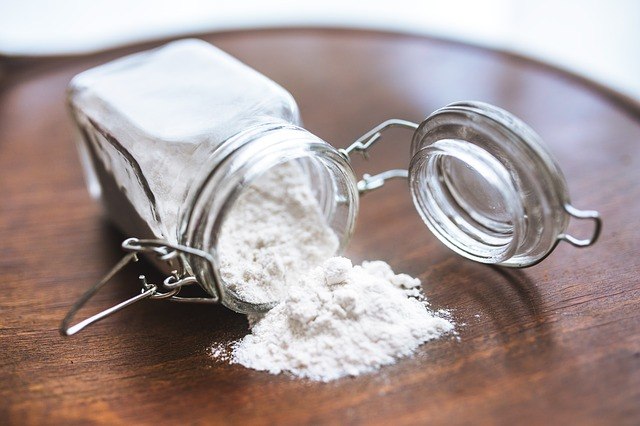
Traditional methods make us more careful, letting us immerse ourselves in the fun of baking.
Learning
When milling your own flour, you have to understand how grains work. For example, one of the first things you will learn is why whole wheat is much healthier.
(Here’s a hint: it’s because commercial milling removes almost all of the nutritious parts!)
You’ll also learn how different grains have their own properties. Milling your own flour gives you an intimate understanding of one of the most important ingredients in baking, providing you with the knowledge that you can utilize in many other areas of cooking.
Freshness
This doesn’t just go for flour but for pretty much every recipe out there. Good chefs know that it’s much better to avoid commercial ingredients, so as to ensure each component of the food they make is as fresh as possible.
You cannot get fresher bread than by milling your own flour. Additionally, you can store whole grains for much longer than flours.
Nutrients
Because you are milling your own flour, you can be sure that it doesn’t contain any additives and preservatives that shouldn’t be in your food.
It also ensures that the healthy parts of the wheat aren’t removed. Commercial milling removes the nutrient-filled part of the kernel, namely the germ, bran, and endosperm.
When milling your own whole wheat, these are included in your final result, making your flour more nutritious than its commercial counterpart.
Taste
Perhaps most importantly, the taste of the flour that you mill yourself is far better. By creating flour first-hand, you have the ability to add ingredients to enhance the natural taste of your grains.
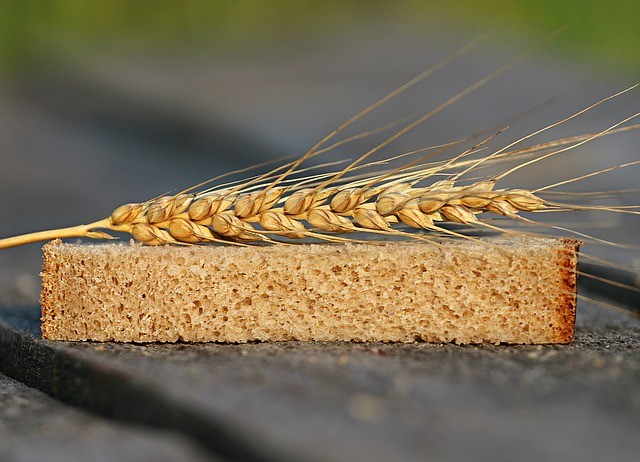
And of course, everything tastes better if you make it with your own two hands. Here is a great recipe from King Arthur Flour that best exemplifies the enhanced taste of home milled flour.
Grinding Your Own Flour for Taste and Experience
While it may seem like a huge undertaking, choosing to mill your own flour by hand can be a wonderfully satisfying experience. It’s the same as growing your own ingredients in a garden.
Opting to go with a more traditional, authentic experience adds an entirely new dimension to baking.
Indeed, milling your own flour allows you to create a more intimate understanding of your food, making your bread and cakes more personalized.
It also lets you develop more healthy recipes that can avoid additives and improve the overall nutritional value of your food. It won’t just taste better – it’ll be better for you.
The next time you plan on making bread, consider using flour that you milled on your own and note the difference.
Do you have any tips on milling your own flour?
